Civets are small to medium-sized mammals belonging to the family Viverridae, which also includes genets, linsangs, and the African palm civet. They are primarily found in Africa and Asia, with some species also in southern Europe. Civets are known for their musky scent, which is produced by their perineal glands, and for being the source of civet coffee, where coffee beans are fermented in their stomachs.
The African Civet is covered in short, dense fur that is predominantly grey, adorned with black spots arranged in lines across its body. Its limbs and approximately two-thirds of its tail are black, while the base of the tail features striped patterns. The face of the civet is uniformly grey, with a white muzzle and dark markings encircling the eyes that extend down the face. On their elongated necks, there are alternating bars of white and black, typically with one white bar between two black ones.
Along their back, they sport a short mane, ranging from 3-10 cm in length. Civets possess 40 teeth and have five digits on each paw, equipped with non-retractable claws. Civets are equipped with six mammary glands. Their body, excluding the tail, measures from 680 to 890 mm in length, with the tail adding an extra 445 to 63 mm, and they weigh between 7 to 20 kg. Their fur is black with white or yellowish spots, stripes, and bands, and the hair on the tail is particularly long and coarse. Compared to Viverra, Civettictis is notable for its much larger molar teeth and significantly wider lower carnassial. You can catch a glimpse of the African Civet in the lower slopes of Mount Kilimanjaro, Mount Kenya and Mount Meru
Physical Appearance:
- Size: Depending on the species, civets can range from 50 cm to 100 cm (20-40 inches) in body length, with a tail that can be as long or longer than the body. They typically weigh between 3 to 10 kg (6.6 to 22 lbs).
- Fur: Their fur varies widely by species but is generally coarse and can be gray, brown, black, or even spotted or striped for camouflage.
- Face: Civets have a somewhat cat-like face with sharp, pointed teeth, but they also possess a distinctive mask-like facial pattern in some species.
- Tail: Their tails are long and bushy, often used for balance when climbing.
- Ears: They have large, rounded ears, which are sensitive to sound, aiding in their nocturnal activities.
Adaptations:
- Climbing: Civets are excellent climbers, with sharp claws and a flexible spine that allows them to navigate trees with ease.
- Diet: They are omnivorous, eating a wide variety of foods including fruits, insects, small vertebrates, and even carrion. Their digestive system can process both plant and animal matter efficiently.
- Scent Glands: Civets have well-developed perineal glands that produce a musky secretion used for marking territory and communication. This scent is also used in perfumery.
- Nocturnal: Their large eyes and keen senses are adapted for nighttime activity, making them efficient hunters under the cover of darkness.
Habitat:
- Range: Civets are found in diverse habitats across Africa, Asia, and parts of Europe, from rainforests to savannahs, and even in agricultural areas.
- Environment: They prefer areas with dense vegetation for cover, but some species are adaptable and can live near human settlements or in fragmented habitats.
- Shelter: They use tree hollows, dense underbrush, or abandoned burrows for resting during the day, emerging at night to forage.
Behavior and Lifestyle:
- Solitary: Civets are generally solitary animals, except during mating or when females are rearing their young.
- Territorial: They mark their territories with their scent glands, which helps in communication and avoiding conflict with other civets.
- Reproduction: After a gestation period that varies by species (typically around 60-90 days), females give birth to litters of 1-4 young. The young are weaned after a few months but stay with the mother for some time, learning survival skills.
Conservation Status: While many civet species are not currently endangered, they face threats from habitat loss due to deforestation, agricultural expansion, and hunting for their meat or for the pet trade. The Asian palm civet, in particular, has seen population declines due to the demand for civet coffee, although efforts are being made to ensure sustainable practices.
Additional information
| Habitat | Kilimanjaro National Park, Mount Meru, Mount Kenya, Rwenzori |
|---|

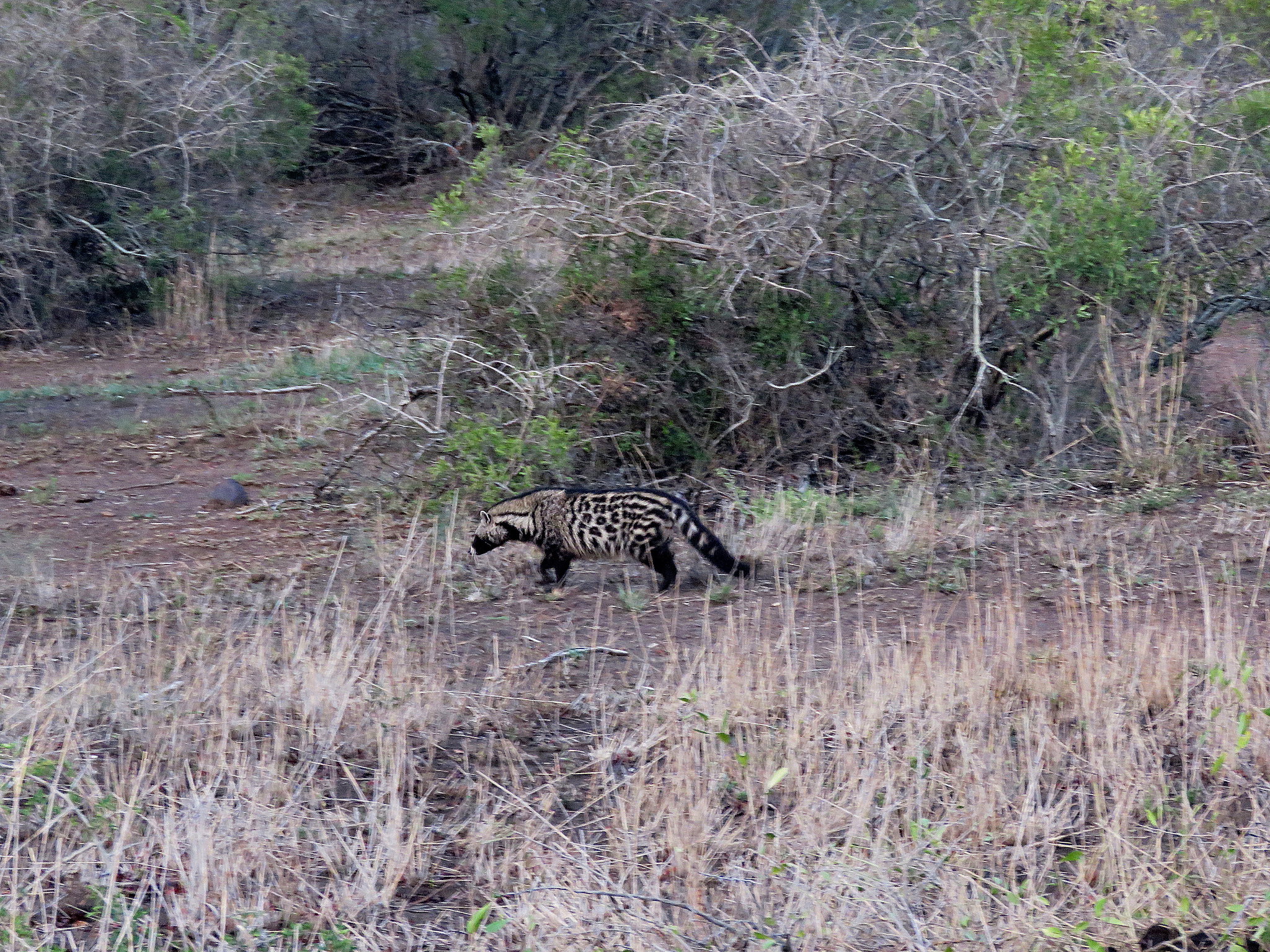
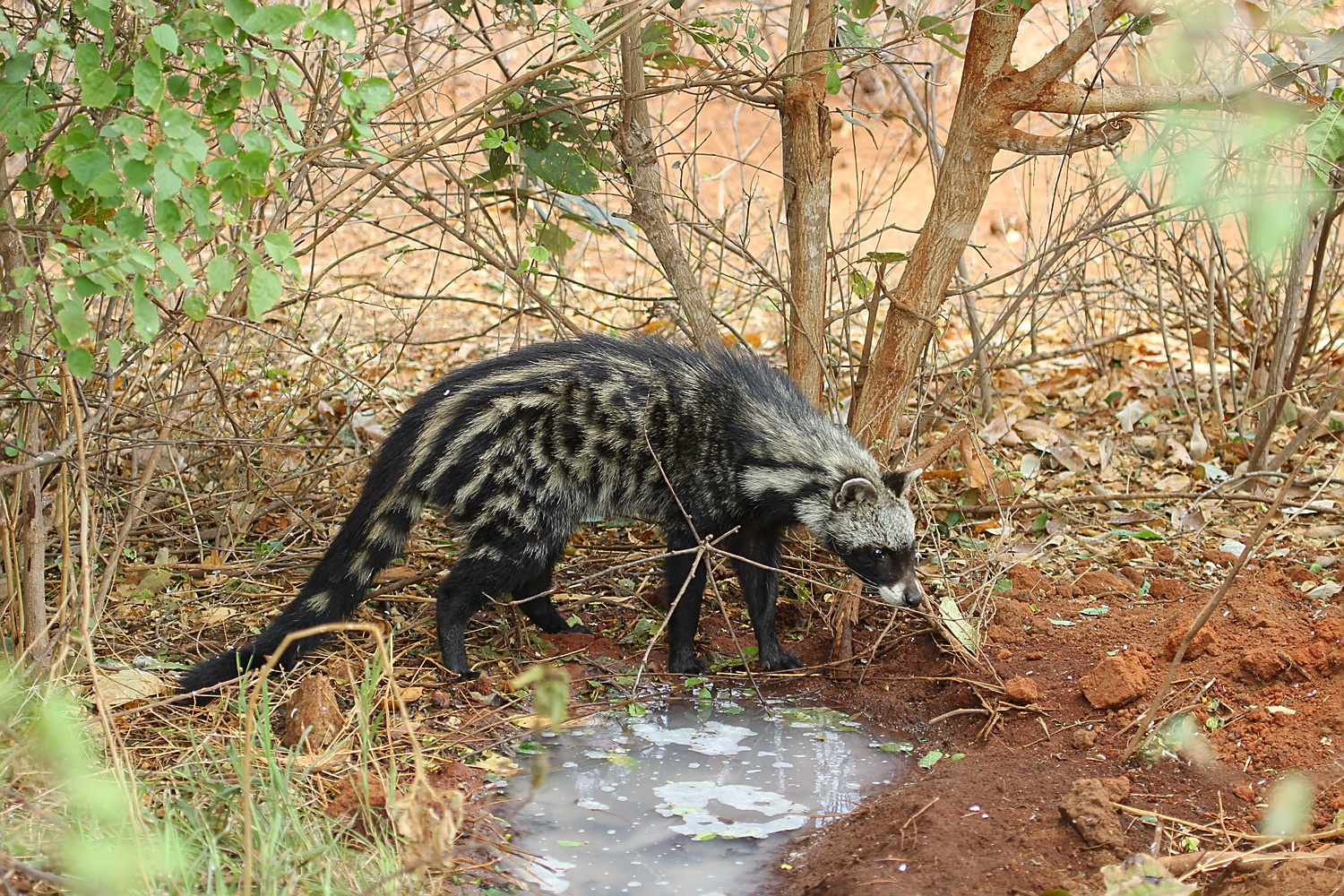
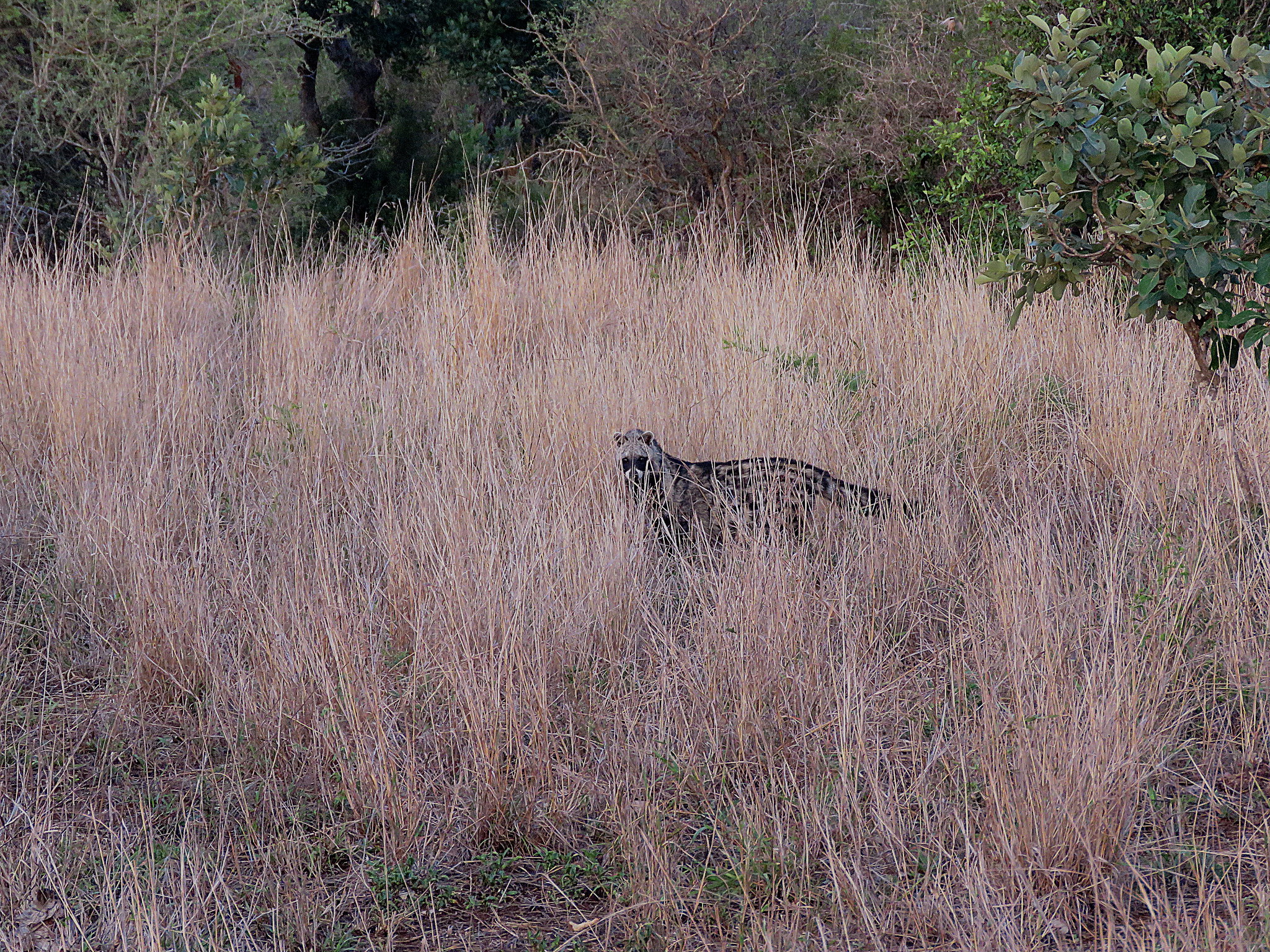
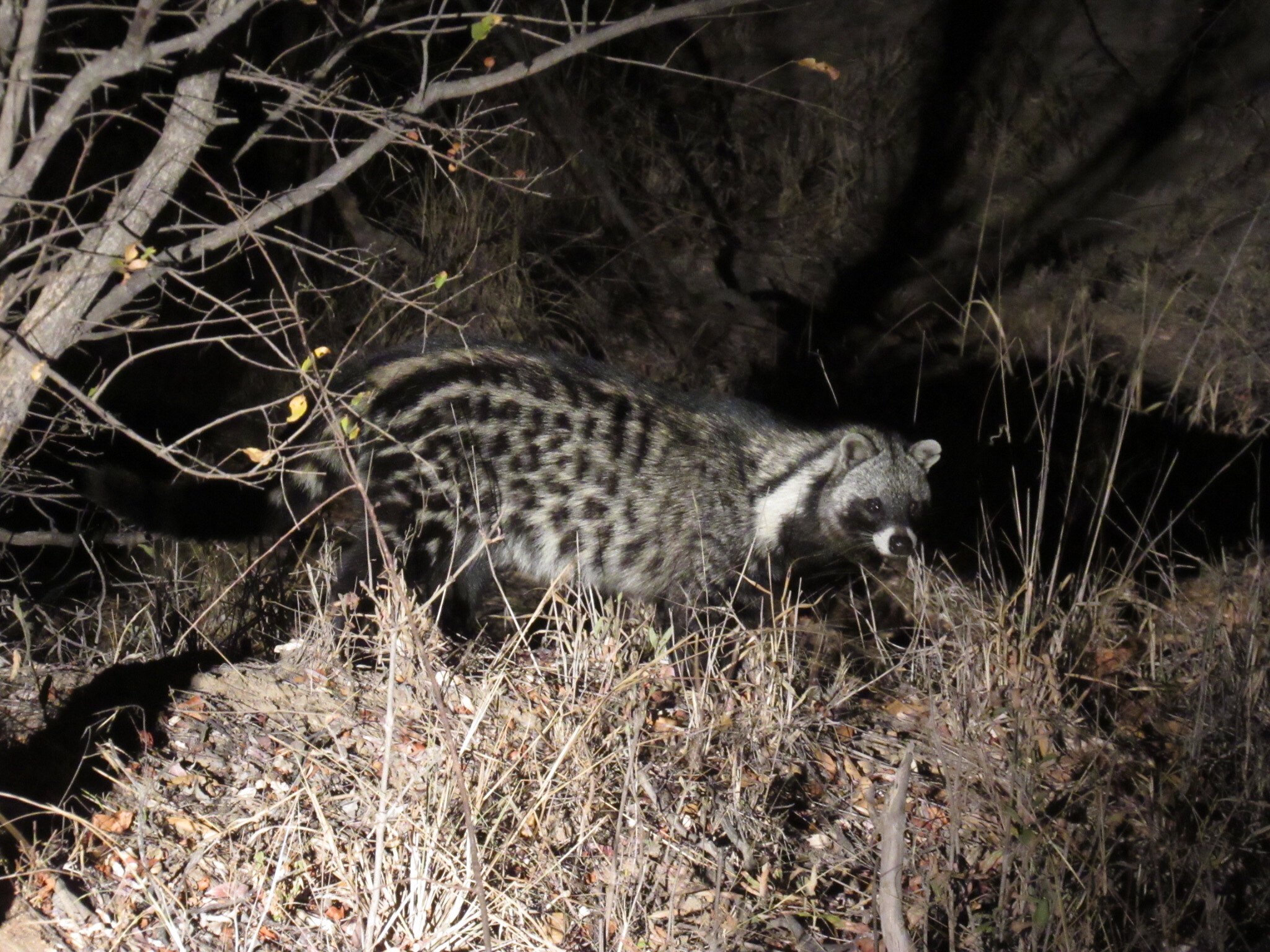
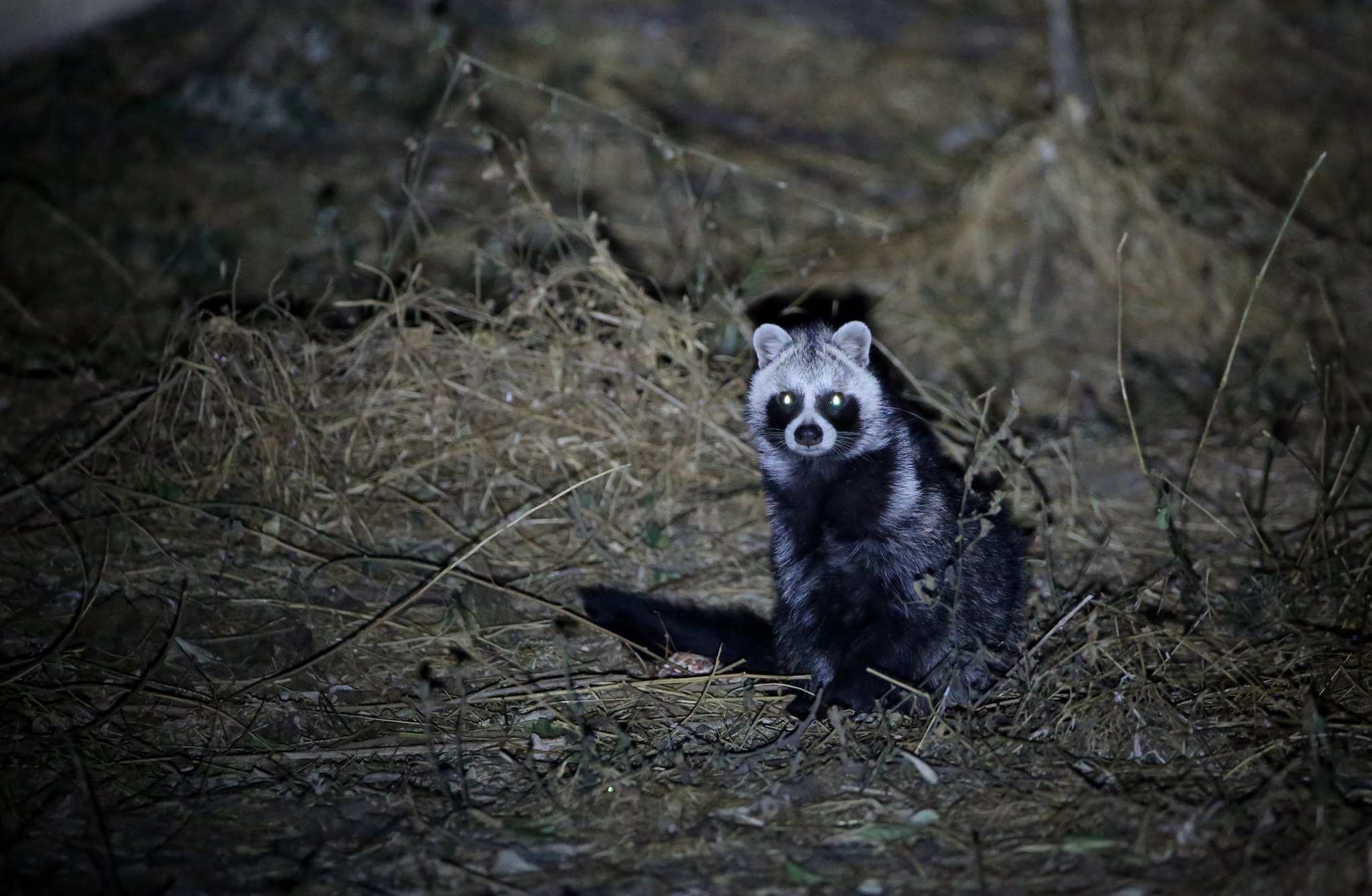
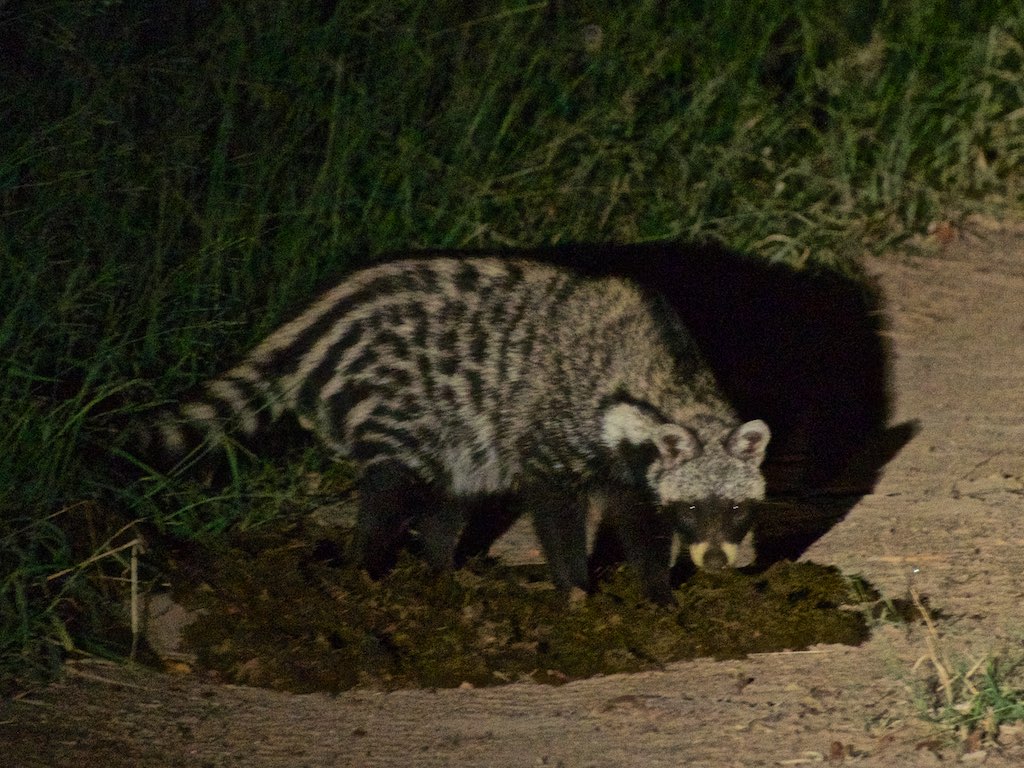
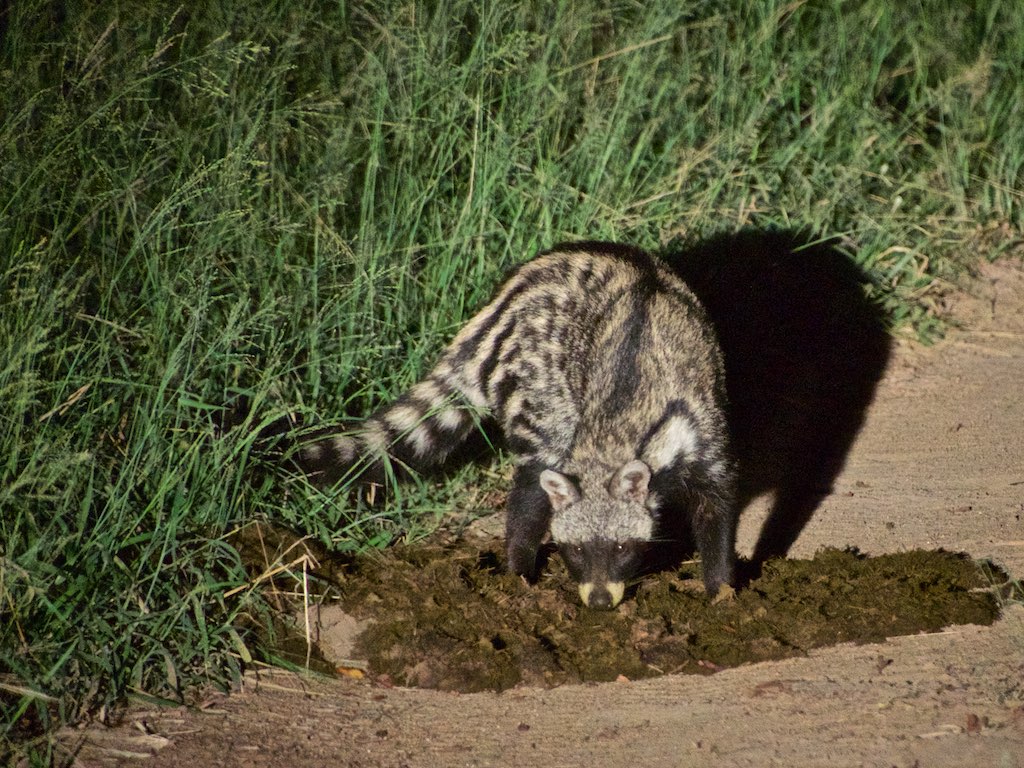
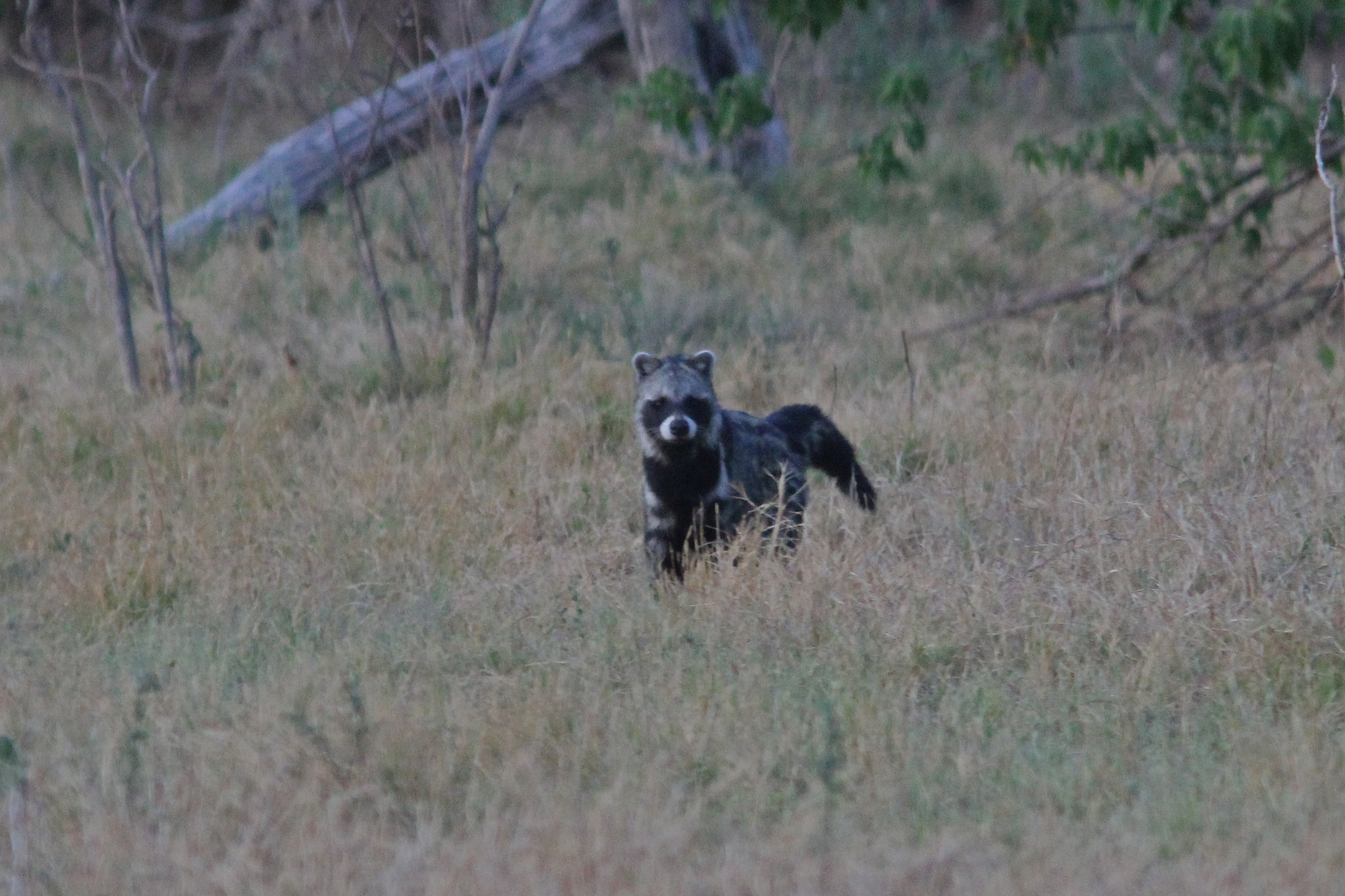
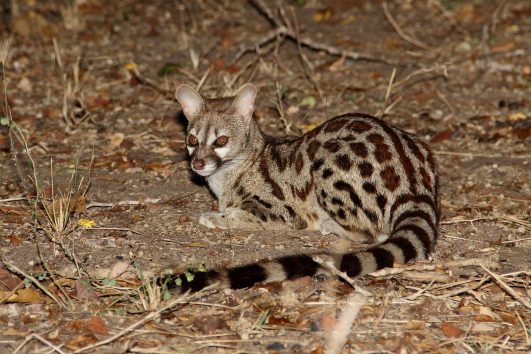
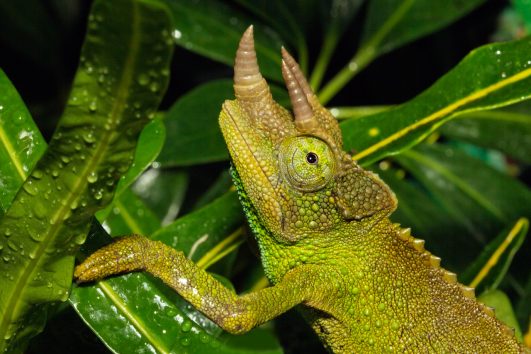
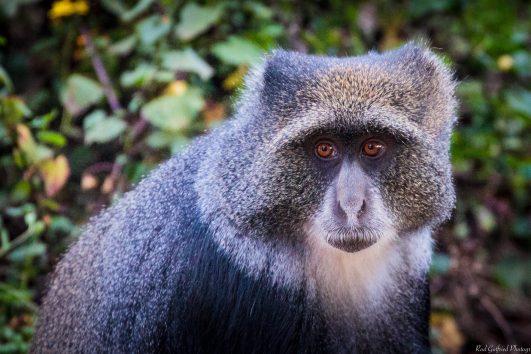
Tour Reviews
There are no reviews yet.
Leave a Review